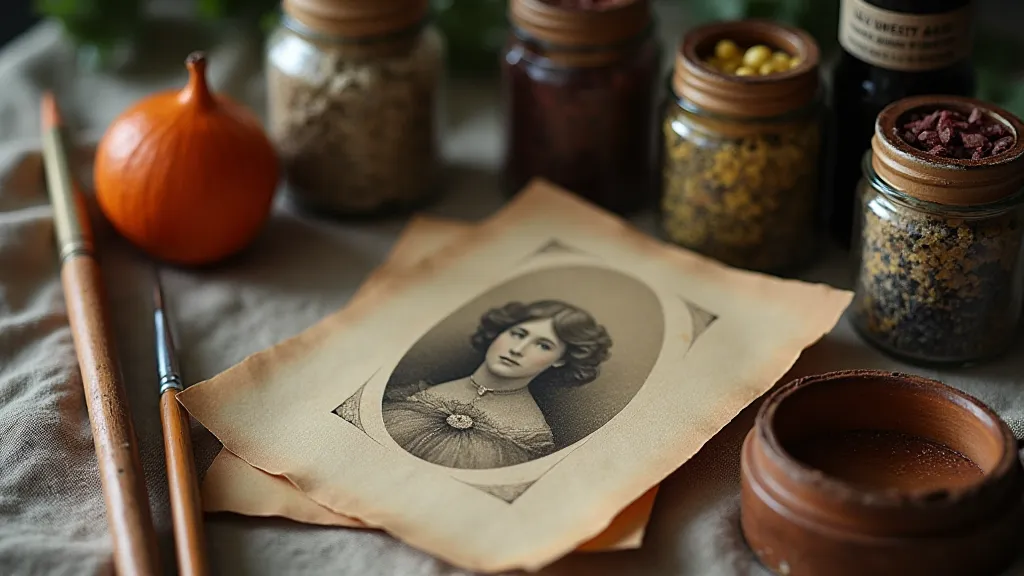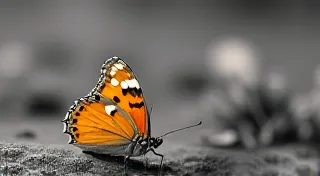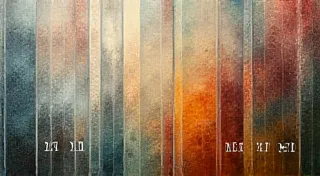The Alchemist's Palette: Transmuting Shadow into Spectrum
The Victorian era. A time of sweeping industrial change, burgeoning empires, and a profound fascination with capturing the fleeting moments of life. While black and white photography was becoming increasingly accessible, a curious desire persisted: the longing to bring color to these frozen moments, to animate the portraits of loved ones, and to evoke the vibrancy of a world rendered in grayscale. This wasn't simply a matter of adding color; it was an art, a science, and a deeply personal act of transmutation – a process we now know as Victorian photography tinting.
I remember the first time I encountered a truly exquisite hand-tinted albumen print. It wasn't in a museum, but in a dusty antique shop, tucked away amongst chipped porcelain and forgotten trinkets. The portrait depicted a young woman, her lips a delicate rose, her cheeks a blush of peach, her eyes a startling, almost luminous, hazel. The contrast with the monochrome background was breathtaking, but it was more than just the color; it was the *way* it was applied – the subtle gradients, the delicate shading, the evident care and skill of the artist. It felt…alive.
The Dawn of Color: A Necessary Alchemy
Early photography, primarily through processes like the wet collodion and albumen prints, produced images in shades of gray. These processes were complex and incredibly time-consuming, demanding a level of technical proficiency that continues to inspire awe. But the desire to add color arose quickly. Initially, color was attempted through laborious, impractical methods – painting directly onto the photographic negative. This produced muddy, inconsistent results. The real breakthrough came with the use of aniline dyes.
Aniline dyes, derived from coal tar, were revolutionary in the mid-19th century. They offered a range of vivid, relatively stable colors, and crucially, they could be applied *after* the photograph was printed, allowing for a greater degree of control and artistic expression. This marked the true beginning of Victorian photography tinting. The process was far from simple, however. The photographer, or more often a skilled ‘colorist,’ would carefully apply the dyes to the print using small brushes, often meticulously layering colors to achieve the desired effect.
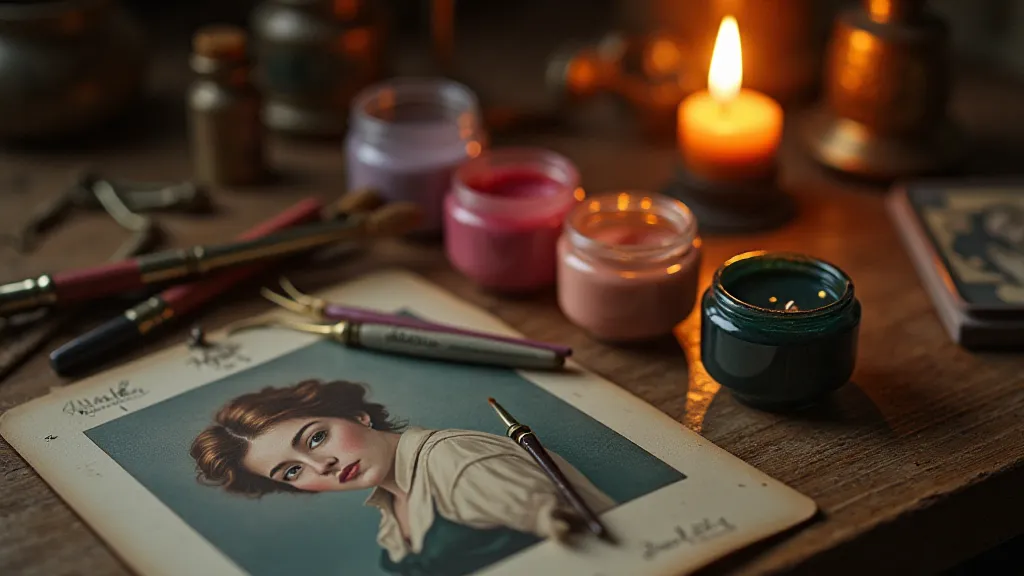
The Colorist's Arsenal: Pigments and Techniques
The pigments used by Victorian colorists were far from the sophisticated modern paints we use today. Aniline dyes were prone to fading and shifting over time, influenced by factors like humidity, light exposure, and the inherent instability of the photographic paper. Colorists often mixed dyes to create custom shades, and their understanding of color theory was crucial in achieving realistic and pleasing results.
Applying the dyes was an art in itself. The most common technique involved using fine-tipped brushes to carefully add color to specific areas of the print. Highlights were often achieved by layering colors thinly, while shadows were built up with darker tones. The skin tones were particularly challenging, often requiring a delicate balance of pinks, yellows, and browns. Hair, eyes, and clothing were also treated with careful attention to detail, creating a sense of depth and realism.
Beyond basic application, techniques like 'dotting' were employed. This involved using a brush to create tiny dots of color, which, when viewed from a distance, blended together to create a softer, more nuanced effect. This was particularly useful for rendering complex textures like fabric or foliage. The entire process was painstakingly slow, often taking hours to complete a single print.
Challenges and Imperfections: The Beauty of the Hand
The Victorian colorists faced numerous challenges. The dyes themselves were often unreliable, and the aging process could significantly alter the colors over time. Humidity could cause the dyes to bleed, and prolonged exposure to light could cause them to fade. Reproducing consistent results was also a constant struggle. Every print was, to a degree, unique, bearing the individual mark of the colorist’s hand.
These imperfections are not flaws; they are integral to the charm and character of these images. The slight variations in color, the subtle inconsistencies in application, these are testament to the human touch, the artist’s skill, and the inherent limitations of the process. They remind us that these were not mechanically reproduced images, but unique works of art.
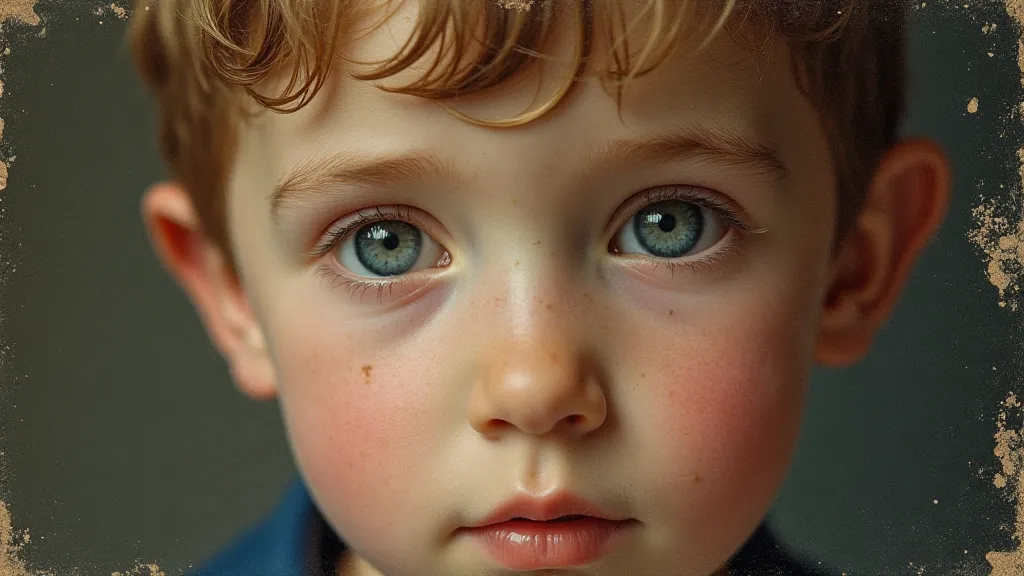
Modern Echoes: Colorization and Restoration
Today, digital colorization offers a seemingly effortless way to add color to black and white photographs. However, the process bears little resemblance to the meticulous artistry of the Victorian colorist. While digital techniques can produce superficially convincing results, they often lack the subtlety and nuance of hand-tinting. The best digital colorizations strive to emulate the methods of the Victorians – using layering techniques, careful observation of lighting and shadow, and a deep understanding of color theory.
Furthermore, the principles behind restoring and preserving hand-tinted photographs are incredibly important. Knowing the original materials, understanding the causes of color shift, and employing gentle cleaning and stabilization techniques are all crucial in safeguarding these fragile treasures for future generations. There's a growing appreciation for the skills of the original colorists and the importance of preserving their legacy.
A Legacy of Light and Color
Victorian photography tinting represents a fascinating intersection of art, science, and craftsmanship. It was a time when the pursuit of beauty and the desire to capture fleeting moments led to the development of a unique and enduring art form. These hand-tinted photographs are more than just images; they are windows into a bygone era, testaments to the skill and artistry of the colorists, and reminders of the enduring power of the human hand. The next time you encounter one, take a moment to appreciate the alchemy involved – the transmutation of shadow into spectrum, the dedication of the artist, and the enduring magic of a truly unique work of art. The delicate blush on a cheek, the subtle gleam in an eye – these are the legacies of an era captivated by the potential of light and color.
